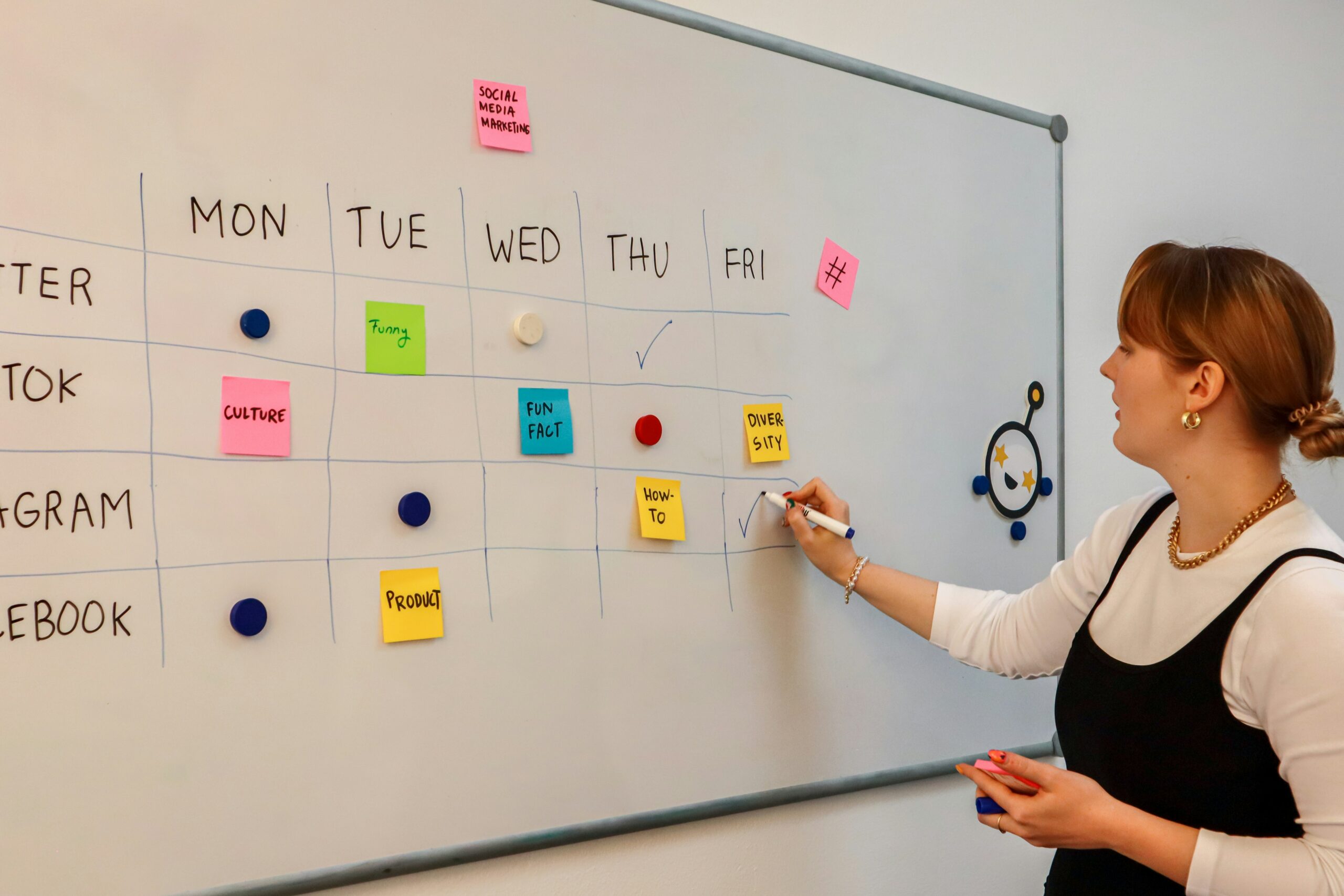
Operational innovation design changes how businesses perform everyday tasks. It’s more than just improving processes. It reimagines them from the ground up. Traditional improvement methods tweak existing systems. Innovation design creates entirely new ways of operating. This difference can drive massive growth and efficiency. Many companies don’t focus on operations. They focus on marketing, products, or strategy. But bold operational shifts often unlock greater returns.
Innovation design starts with a mindset. It requires looking at limitations as opportunities. Leaders must challenge assumptions and rethink what’s possible. It’s not just about saving time or money. It’s about creating a new kind of value. When done well, this design can set a business apart from competitors.
Why Most Companies Miss the Opportunity
Most businesses avoid changing operations. It feels risky or disruptive. They settle for small process improvements. But, incremental change has limits. It rarely brings breakthrough results. Operational innovation requires courage and vision. It forces companies to ask hard questions.
Many leaders think operations are fixed. They believe their systems are too complex to change. Others fear backlash from employees. Change disrupts comfort and routines. Without strong leadership, innovation stalls. In truth, staying the same can be the bigger risk.
Some firms wait too long to innovate. By the time they act, competitors have moved ahead. Others focus too much on technology. Tools help, but only when paired with smart design. Without vision, even the best tools fall short.
Core Principles That Drive Success
Operational innovation design relies on a few key principles. The first is simplification. Complex systems break down more often. They confuse employees and customers alike. Simple systems move faster and cost less.
The second is human-centered thinking. Design should make life easier for users. That includes employees and customers. People resist what they don’t understand. Good design removes that barrier.
The third is data-driven decision-making. Innovation isn’t guesswork. It starts with facts. That means understanding how current systems work. It also means testing new ideas on a small scale.
The fourth is cross-functional collaboration. Innovation doesn’t happen in a vacuum. It needs different voices at the table. Finance, operations, marketing, and tech must work together. They all see other parts of the system.
The fifth is speed. Innovation should not drag out for years. Even complex changes can start with quick pilots. Speed keeps the energy high and lessons fresh.
Examples That Prove the Power of Change
Some of the most successful companies have used operational innovation. One retail giant redesigned its inventory system. It cut waste, reduced costs, and improved delivery. This helped it beat rivals on both price and speed.
A financial services firm reimagined its customer onboarding. It went from weeks to minutes. Instead of chasing paperwork, clients signed up instantly online. This improved satisfaction and reduced labor costs.
In manufacturing, one firm changed its maintenance process. Using real-time data, it predicted failures before they happened. This saved millions in downtime and repairs.
Even hospitals have embraced operational innovation. One hospital cut patient wait times in half. It redesigned how staff moved through the building. This small change made a big impact.
These stories show what’s possible. They prove that operations aren’t just background work. They can become a powerful engine for growth.
How to Get Started With Innovation Design
Begin with an open mind. Gather a diverse team. Include people who know the system and those who question it. Start by mapping your current operations. Look for delays, confusion, or waste.
Ask what would happen if you could start fresh. What would you build differently? Don’t just try to fix flaws. Imagine what a perfect system might look like.
Use data to guide your thinking. Where do customers complain? Where do employees struggle? Facts highlight where change will matter most.
Don’t aim for perfection. Aim to learn fast. Try small pilots before rolling out big changes. Adjust based on feedback.
Communicate clearly with your team. Explain why change is happening. Get their input and buy-in. People support what they help build.
Finally, stay committed. Operational innovation is not a one-time project. It’s an ongoing mindset. Keep testing, learning, and improving.
Operational innovation design gives businesses a competitive edge. It goes beyond surface-level fixes. It rethinks the very systems that keep a company running. Though it takes effort, the payoff is often huge. Companies that embrace this approach move faster, serve better, and grow stronger. The opportunity is there for those ready to design a better way forward.